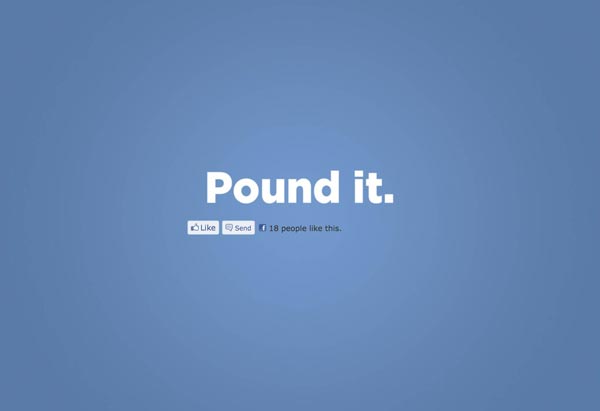Apple has released an update to their iOS software for the iPhone, iPad, and iPod Touch. This update, iOS 5.1.1, is focused mainly on fixing bugs that have been discovered in the two months since iOS 5.1 was released.
Released on the same day as the new iPad was announced, iOS 5.1 brought a handful of new features, including an improved camera shortcut on the lock screen. Now, instead of double-tapping the home button to bring up the camera shortcut (a feature introduced with iOS 5), the shortcut appears automatically, and you swipe up on it to open the camera. Unfortunately, this shortcut introduced a bug for how the camera handles high dynamic range (HDR) photos. The latest update fixes that bug. It also deals with problems the new iPad was having in switching between 2G and 3G data networks. Bugs related to AirPlay playback, Safari syncing, and an iTunes Store error message have also been dealt with.

You can download and install the newest update through iTunes or from the Settings app on your device. To download the app over the air (i.e., via the Settings app) you’ll have to be connected to a wi-fi network, and you may want to have your device hooked up to a power source, especially if your iPad’s battery is low, or you have an iPhone 4S.
It should probably go without saying, but if you have a jailbroken device that you would like to keep jailbroken, do not download or install this update. Though it’s getting closer, there still isn’t an untethered jailbreak available for iOS 5.1. If you update your jailbroken device to iOS 5.1.1, you’ll lose your jailbreak and be stuck waiting for the jailbreak to be ready.
That said, if your phone (or iPad) isn’t jailbroken, or you don’t care about losing your jailbreak, download iOS 5.1.1 and check it out. Then come back and let us know whether the bug fixes work like they’re supposed to in the comments.
















